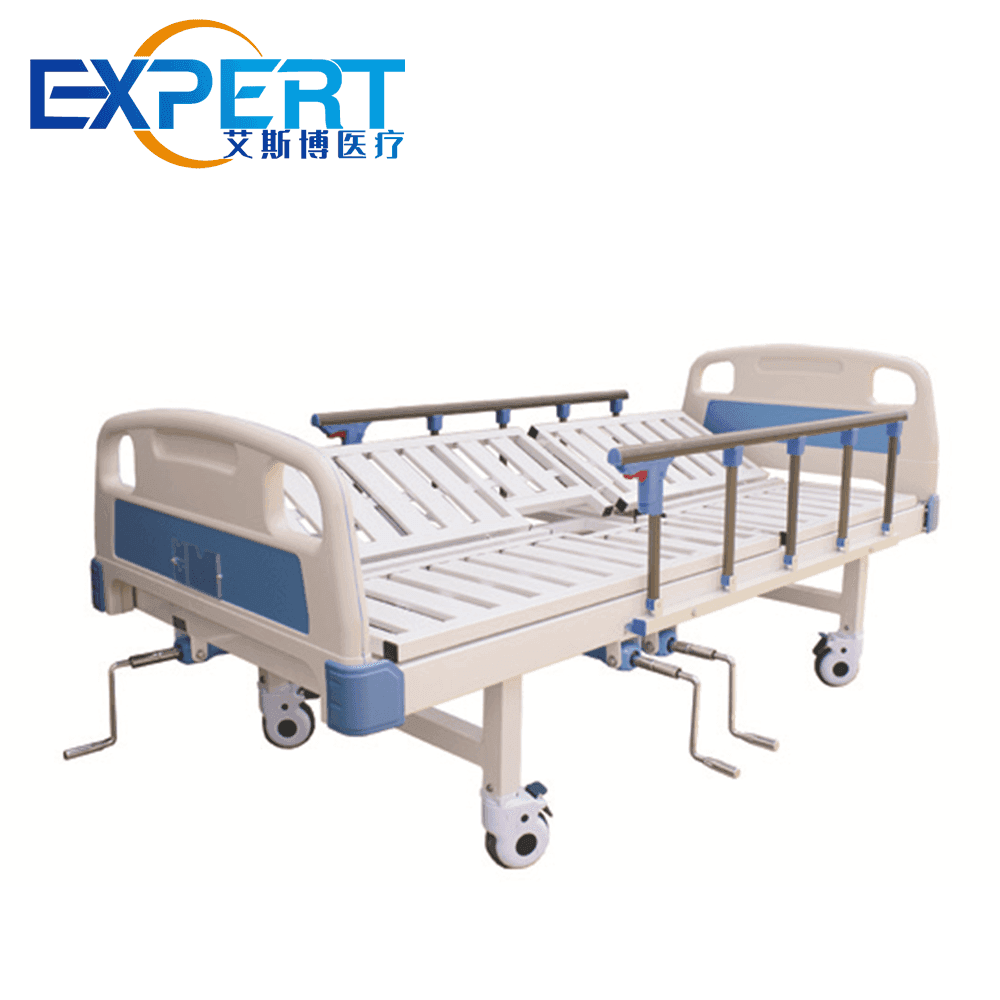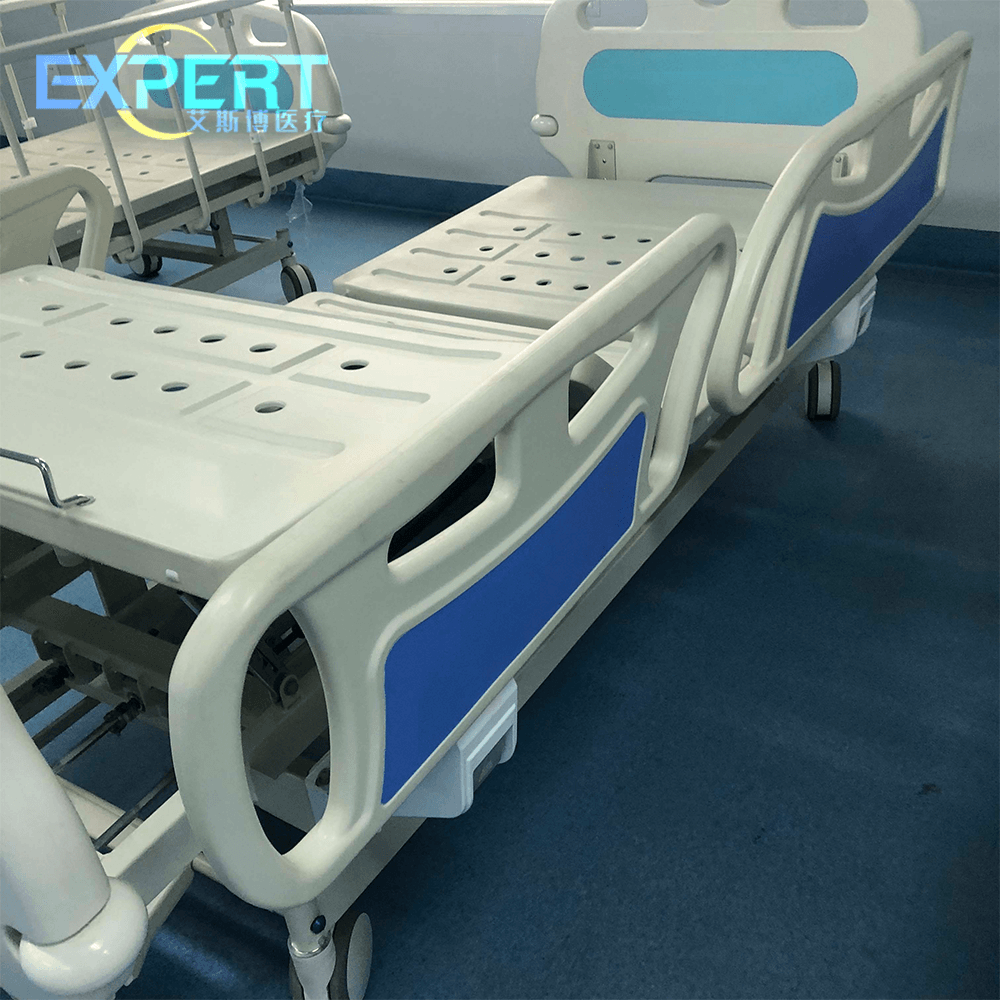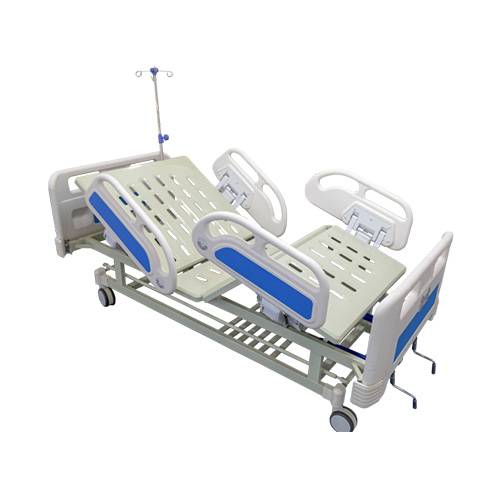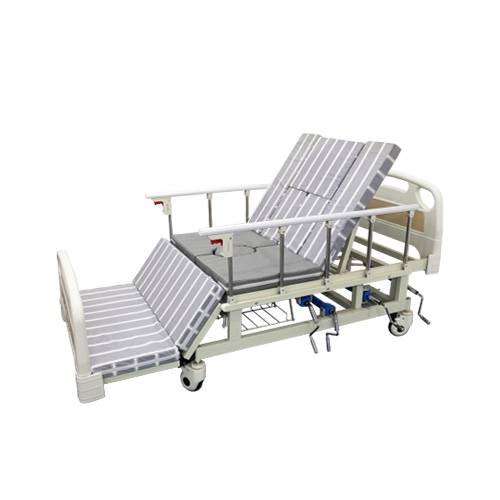Endereço
304 North Cardinal St.
Dorchester Center, MA 02124
Horas de trabalho
Segunda a sexta: 7h00 - 19h00
Fim de semana: 10h - 17h
Endereço
304 North Cardinal St.
Dorchester Center, MA 02124
Horas de trabalho
Segunda a sexta: 7h00 - 19h00
Fim de semana: 10h - 17h

As camas hospitalares multifuncionais estão na vanguarda desta inovação, oferecendo uma gama de capacidades que melhoram o conforto, a segurança e os resultados clínicos do paciente.

In the realm of healthcare, the hospital bed is more than just a piece of furniture; it is a critical component of patient care. As medical technology advances, so too have hospital beds evolved. Multifunctional hospital beds are at the forefront of this innovation, offering a range of capabilities that enhance patient comfort, safety, and clinical outcomes.
Multifunctional hospital beds are designed to meet the diverse needs of patients and healthcare providers. These beds integrate various features that go beyond basic support, such as:









The benefits of multifunctional hospital beds are numerous and impact both patient care and hospital operations:
Melhor conforto do paciente: The inclusion of adjustable features in hospital beds is instrumental in assisting patients in discovering the most comfortable positions. This not only enhances their overall comfort but also effectively lowers the likelihood of developing pressure ulcers, a prevalent concern among immobile individuals.
Segurança aprimorada: By implementing fall prevention systems, hospitals can drastically minimize the likelihood of patient injuries. This proactive measure not only enhances patient safety but also serves as a vital component in preventing accidents and promoting a secure healthcare environment.
Efficient Care Delivery: The integration of weighing and monitoring systems into healthcare facilities optimizes care processes, ultimately conserving valuable time for healthcare staff members. This comprehensive approach not only enhances efficiency but also ensures accurate data collection, facilitating informed decision-making and improving overall patient care outcomes.
Data Collection: Hospital beds equipped with vital sign monitoring capabilities offer real-time data to medical personnel, facilitating prompt interventions when necessary. This proactive approach not only enhances patient safety but also enables healthcare professionals to monitor patient health status continuously, ensuring timely responses to any changes or emergencies that may arise.
Let’s delve into the typical features and specifications of multifunctional hospital beds:
| Recurso | Descrição |
|---|---|
| Ajustes motorizados | Allows for easy changes in bed position for patient comfort. |
| Integrated Weighing System | Provides accurate patient weight without the need for a separate scale. |
| Fall Prevention | Sensors and alarms to prevent patients from falling out of bed. |
| Vital Sign Monitoring | Monitors heart rate, respiratory rate, and other vital signs. |
| Data Integration | Can interface with hospital systems for seamless data transfer. |
| Especificação | Detalhes |
|---|---|
| Capacidade de carga | Typically up to 500 lbs (227 kg). |
| Fonte de energia | Electric or battery-powered for mobility and flexibility. |
| Control Interface | User-friendly controls, often with touchscreen capabilities. |
| Características de segurança | Side rails, emergency stop buttons, and low voltage safety systems. |
| Garantia | Varies by manufacturer, typically 1-2 years. |
Multifunctional hospital beds are used across various healthcare settings:

While multifunctional leitos hospitalares offer many advantages, there are challenges to consider:
Multifunctional hospital beds represent a significant leap forward in patient care technology. They offer numerous benefits that can enhance patient comfort, improve safety, and streamline care delivery. As healthcare continues to evolve, the role of multifunctional hospital beds will likely expand, further elevating healthcare standards and patient experiences.
To provide a comprehensive understanding, let’s address some common questions:
Are multifunctional hospital beds suitable for all patient populations?
Yes, multifunctional hospital beds are designed to accommodate a wide range of patients, including those with varying mobility levels, medical conditions, and care requirements.
Can multifunctional hospital beds be customized to fit specific clinical needs?
Absolutely, many models offer customizable features and accessories to tailor the bed configuration to individual patient needs and clinical protocols.
Are multifunctional hospital beds cost-effective for healthcare facilities?
While initial investment costs may be higher than traditional beds, the long-term benefits in terms of improved patient outcomes, operational efficiency, and staff satisfaction often justify the investment.
Do multifunctional hospital beds require specialized maintenance?
Routine maintenance and servicing are recommended to ensure optimal performance and longevity. Most manufacturers provide maintenance guidelines and support services to healthcare facilities.
Can multifunctional hospital beds be integrated with existing healthcare technology systems?
Yes, many modern multifunctional beds are compatible with electronic health record (EHR) systems, patient monitoring devices, and other healthcare technology platforms, facilitating seamless data integration and interoperability.